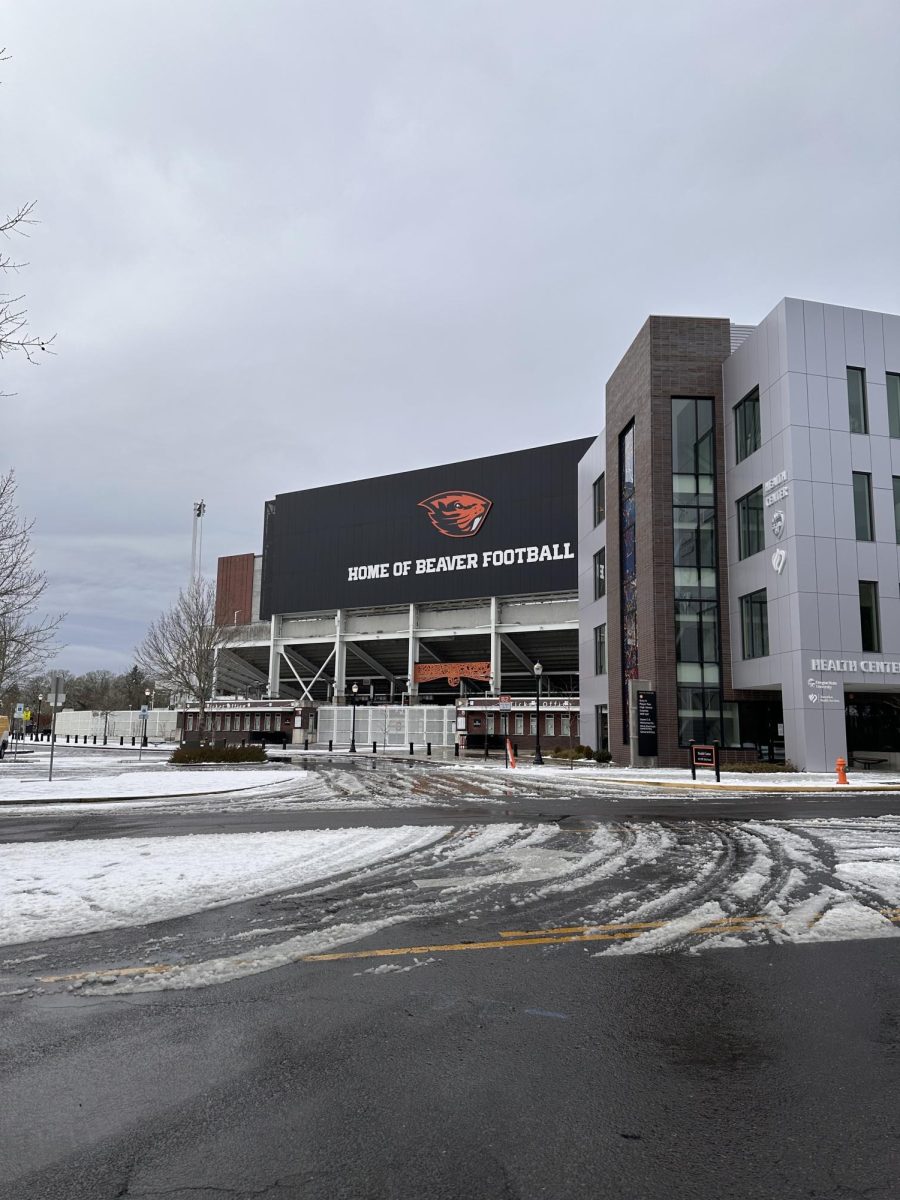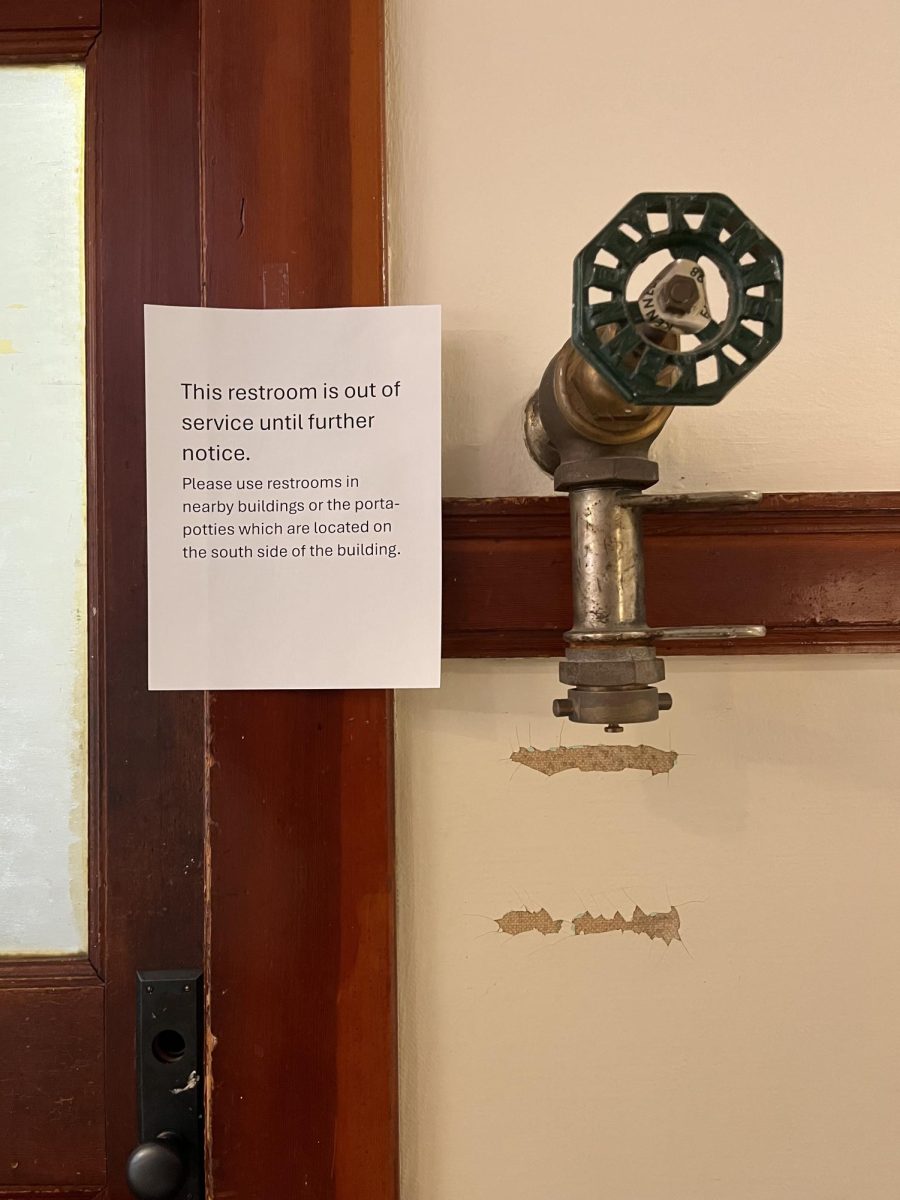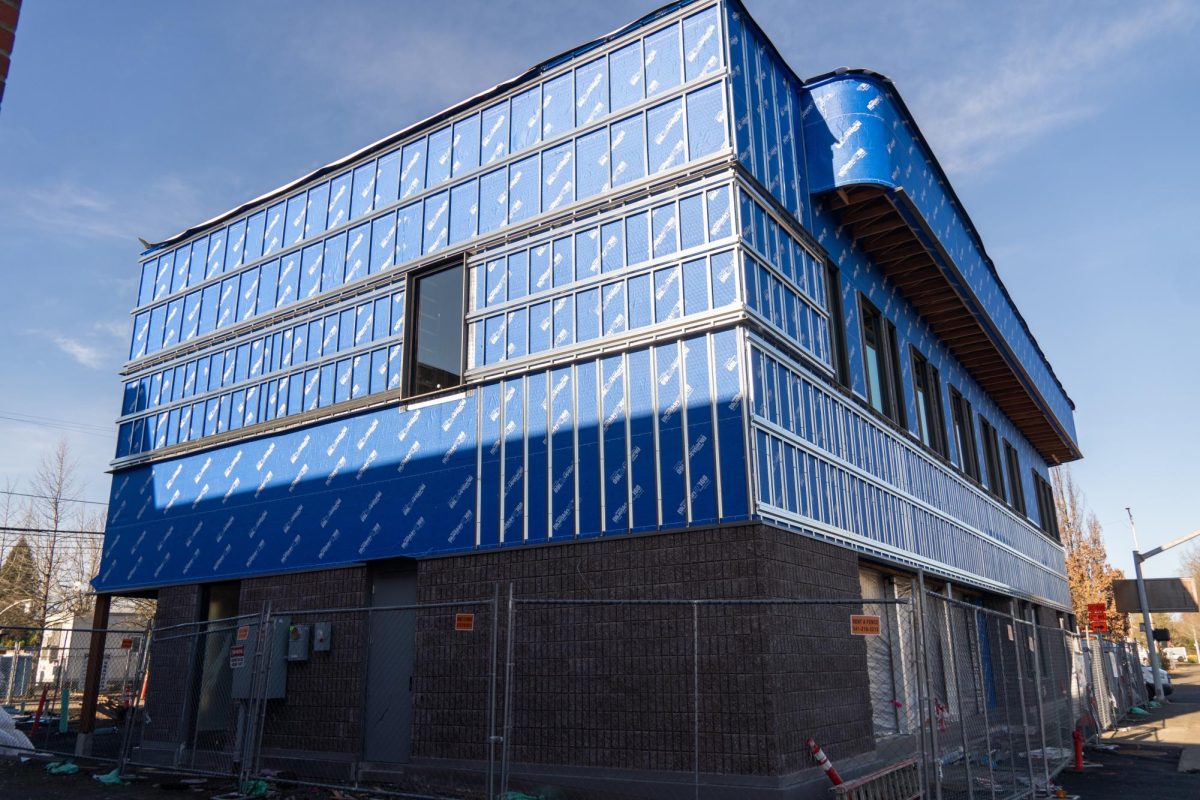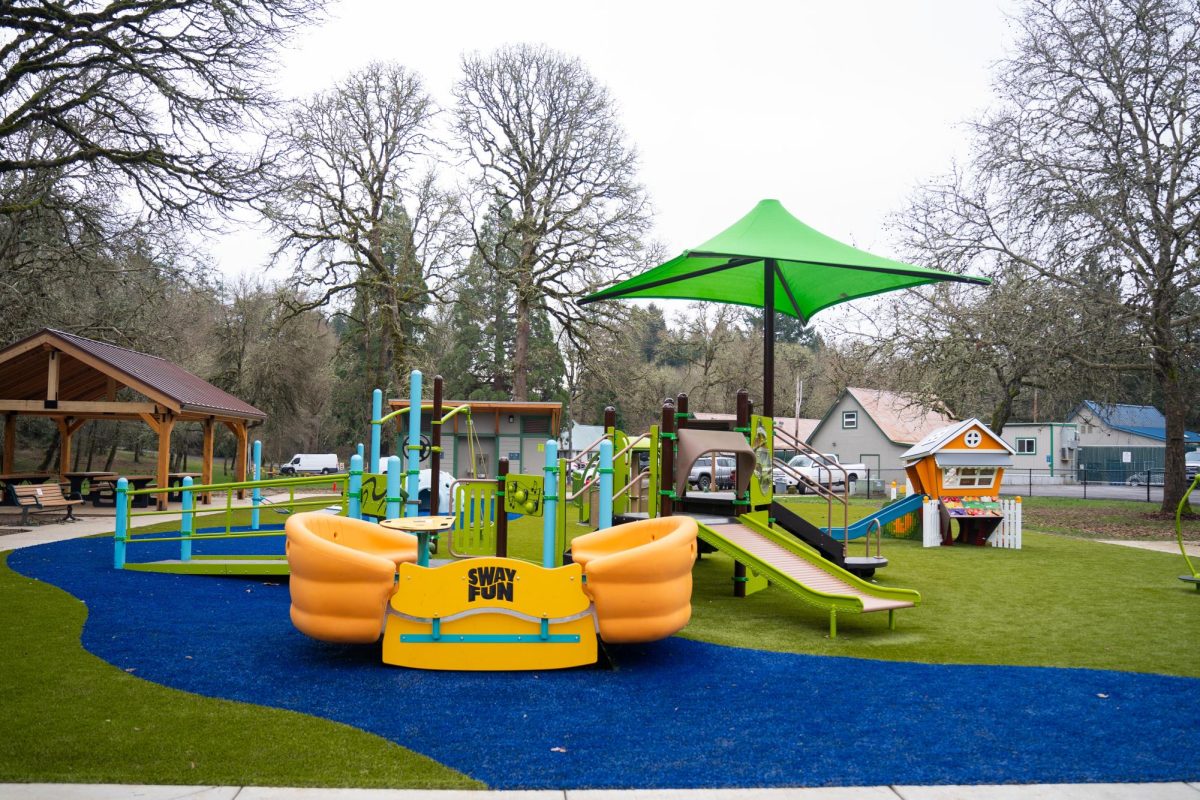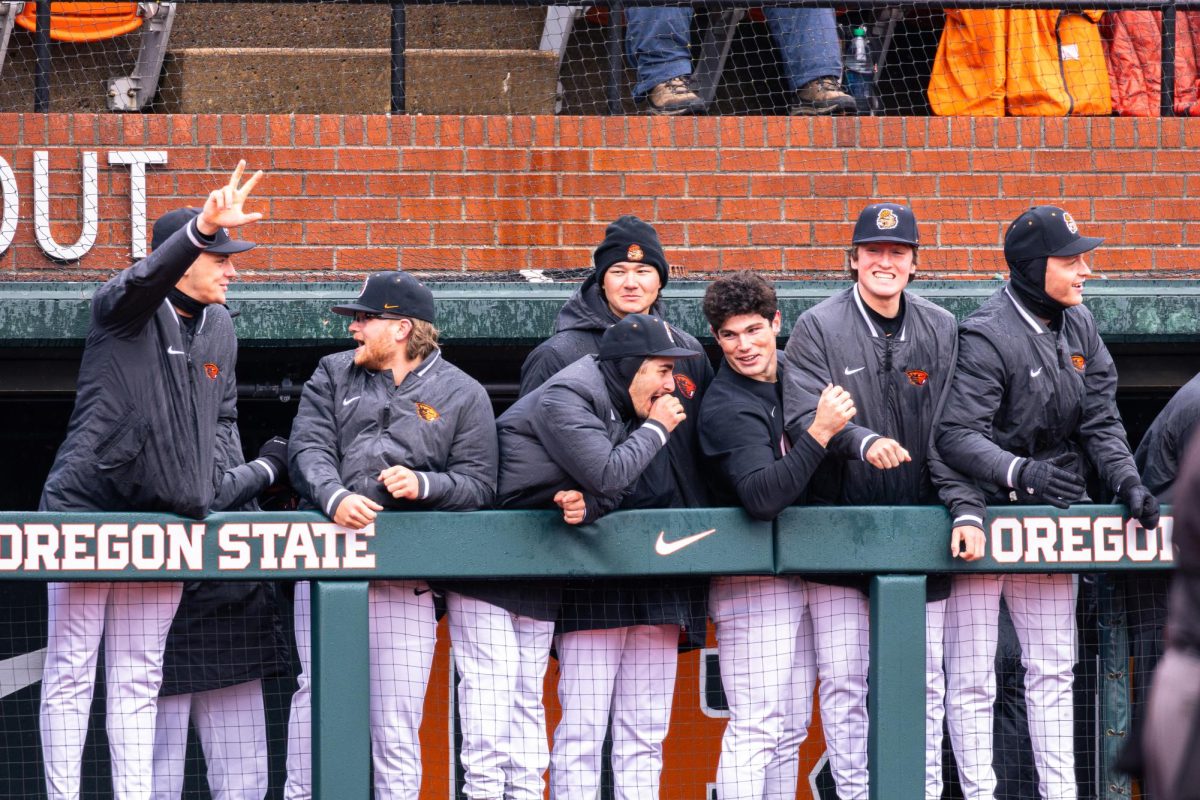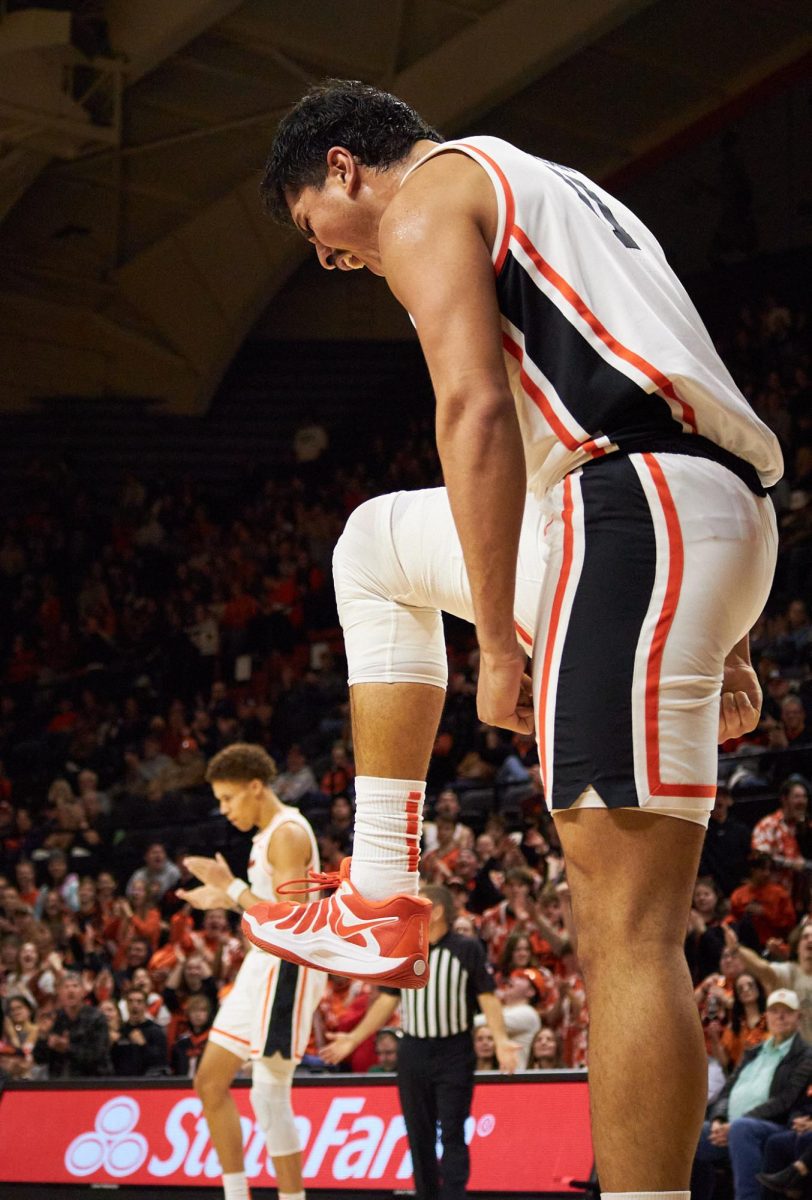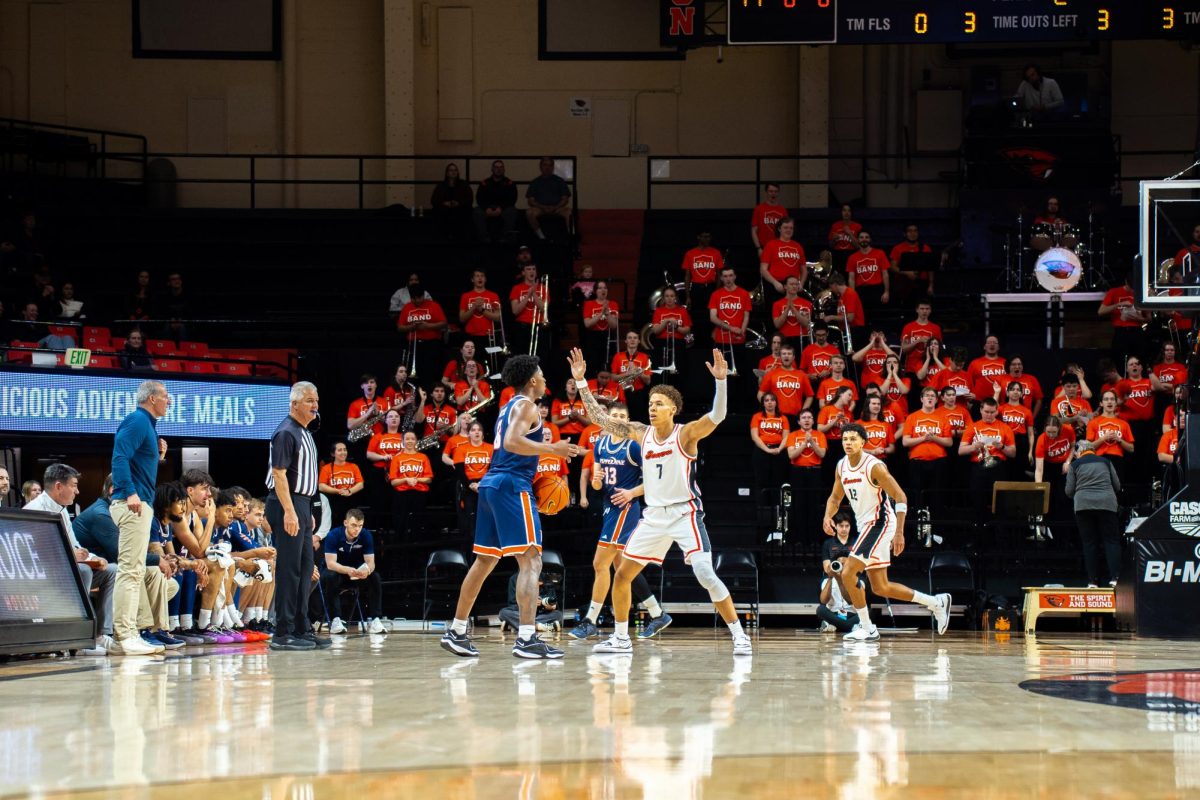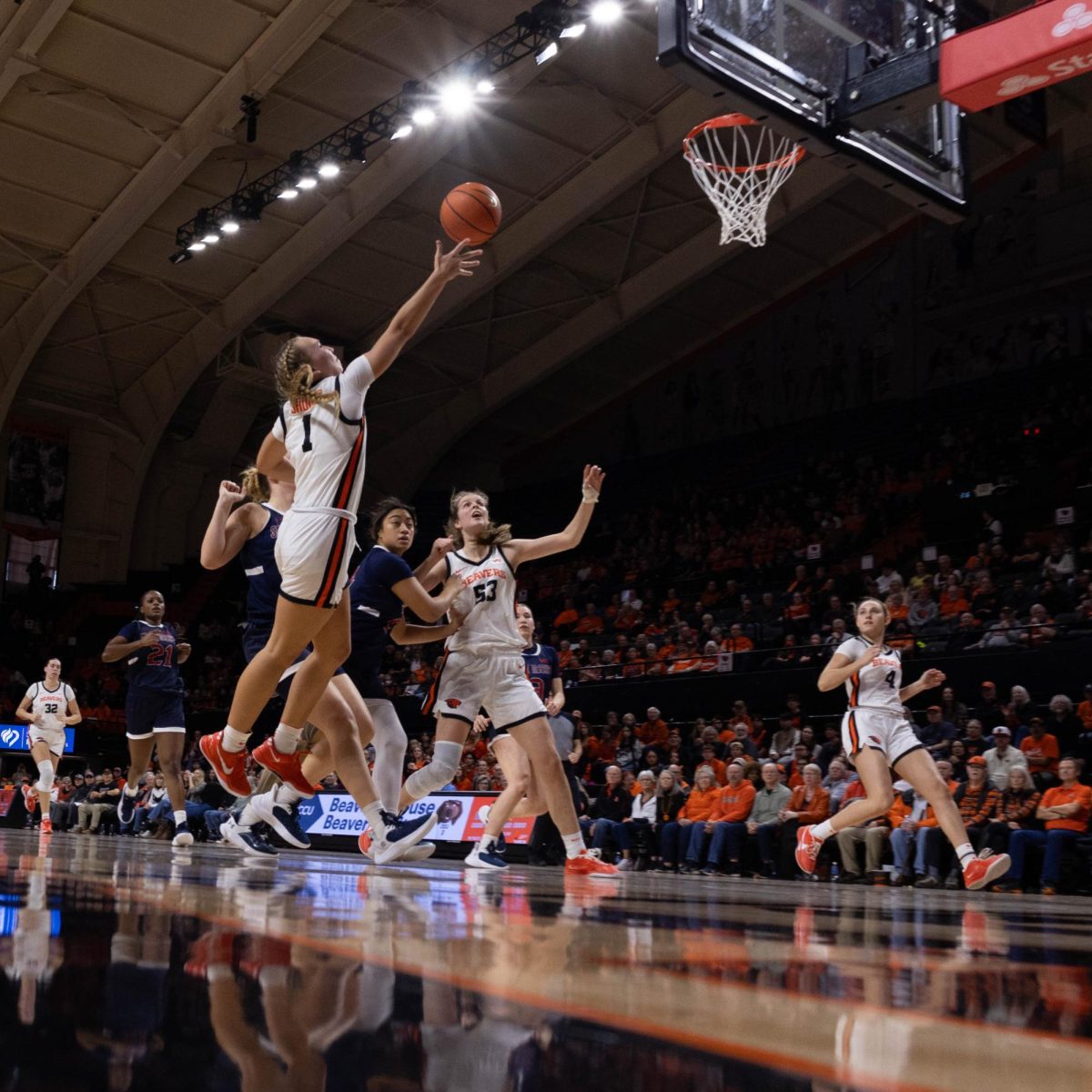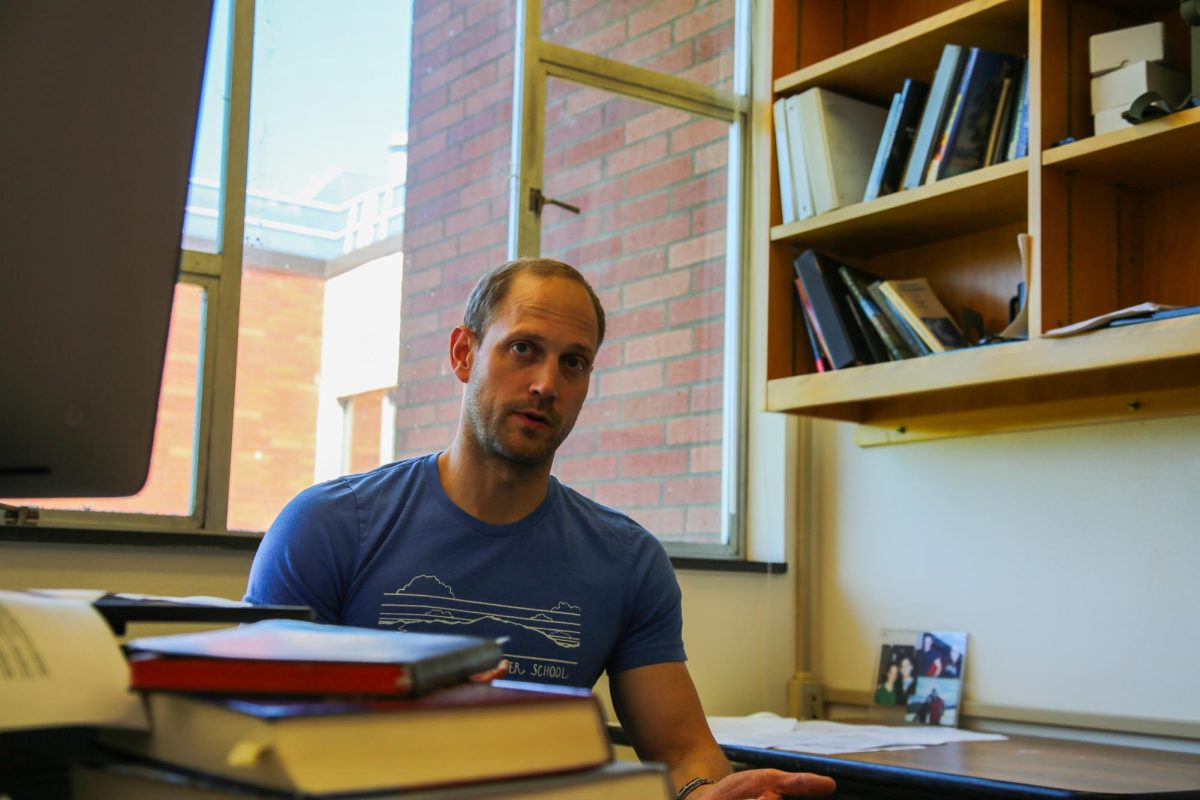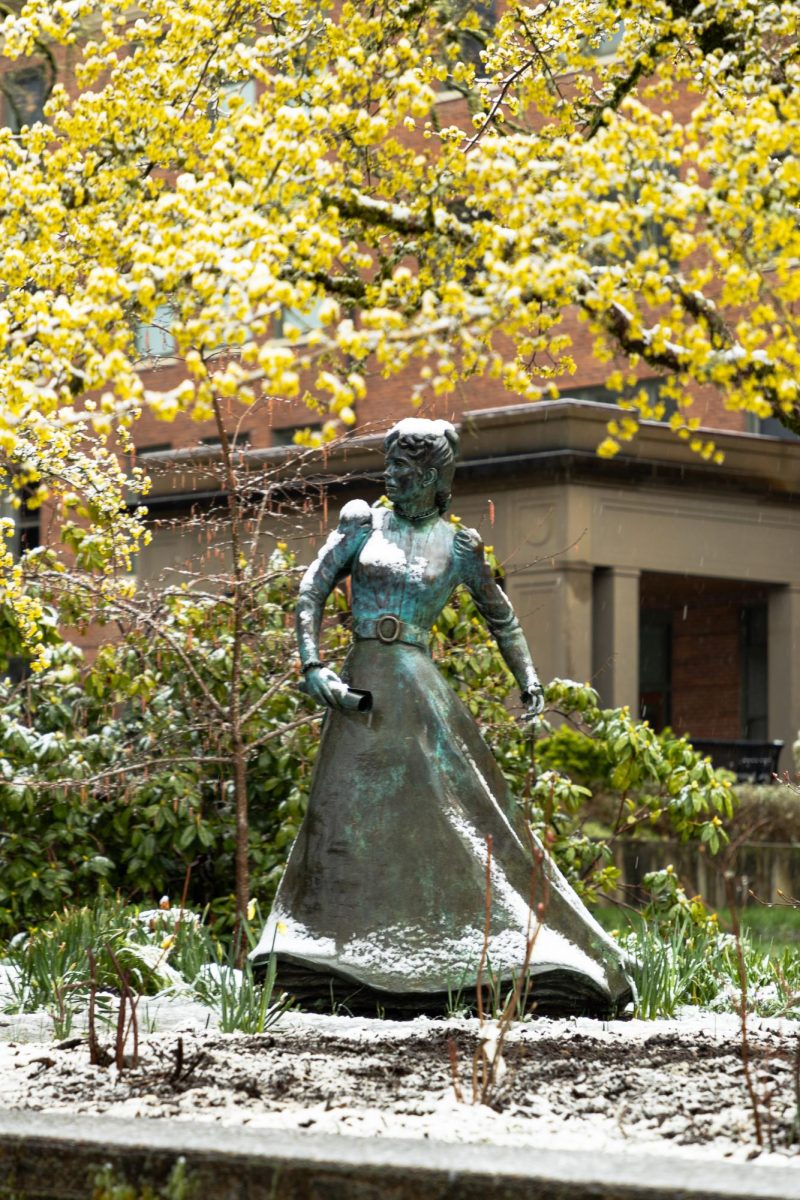As Oregon State University students flee Corvallis for the summer season, the remaining troops battle climbing temperatures, fewer rainy days and scarce air conditioning.
Corvallis weather over the summer impacts all residents of the college town. Whether they live on or off campus, the changing seasons reach everyone. Corvallis is also a town that experiences very different weather patterns during the fall and winter months, so the summer hits particularly hard.
Frequent rain and cloudy weather cause Corvallis residents and OSU students to grow accustomed to moderate and even cold temperatures. So, it takes some adjusting when May rolls around and we see a spike in temperatures and a decline in rain.
These spikes have grown hotter and more prevalent in recent summers. According to the Extreme Weather Watch website, June 29 2021 was the hottest day in Corvallis history, reaching 110 degrees Fahrenheit. Last summer experienced the longest streak of consecutive days at over 80 degrees, with 42 days in these high temperatures.
The seasonal temperature change looks and feels different for year-long Corvallis residents, and in a town most prepared for rain, some students struggle.
Megan Zehngut, a kinesiology major from Huntington Beach, California, has lived in Corvallis for three years. She stayed on campus last summer to work at her job at Dixon Recreation Center and plans to do the same again this summer.
Especially for students coming from out-of-state, the hot temperatures of summer can be a shock. Zehngut claims that last summer “was really hot, honestly a lot warmer than it is now.”
She observed that this time last year she was experiencing temperatures in the high 80s and 90s, but this season isn’t as warm yet.
She said that she and her roommates have no AC in their old house, and last summer “If the windows are open and sunlight gets in, our house just heats up, and it was pretty warm.”
She claimed that often they sought the outdoors, where it felt cooler than the house.
Zehngut and her friends found that locations like Mary River and essentially every close body of water will soon be crowded with students escaping their hot homes.
Zehngut said her weather growing up in California was tricky. She lived right on the beach and experienced very mild weather year-round.
“It only rains on occasion, very different from here, and when it rains it’s like 10 whole days and everyone freaks out. Rain jackets, umbrellas, everything, much different from here,” Zehngut said.
While she didn’t grow up experiencing the heavy rain of Oregon, she claimed most days were mid-60s and overcast; mild.
“It’s hotter than it used to be. The mean high temperatures in July and August have increased about five degrees since 1979, which is much faster than the mean temperature annually, and a larger rate of increase than global mean temperatures are increasing as well,” said Associate Professor of Atmospheric Science and Associate OSU Climatologist Nick Siler.
According to him, in the late ’70s average high temperatures in the area were about 79 degrees, and now are about 84-85 degrees.
“The effects of climate change have really been amplified in the summertime here,” Siler said.
Siler also mentioned how the heat impacts Corvallis houses. He said even his home of six years doesn’t have a central air conditioning unit, but it is manageable as long as it continues cooling off at night. He said that even on the hottest days, Corvallis still sees nighttime temperatures drop to the low 60s.
However, he does say that “the number of days with high temperatures over 90 degrees has increased, roughly doubled since the ’80s. We used to have roughly 15 days per year, and in recent years it’s been 30 or more,” Siler said.
According to Siler, this is what really causes an impact on a home’s cooling system.
As the sun beats down on the college town, Siler assured that this summer will be more bearable.
“At least for the next month and a half, temperatures are not expected to be unusually warm, it’s expected to be pretty mild. Beyond that, very warm temperatures are expected further inland,” Siler said on June 10th.











